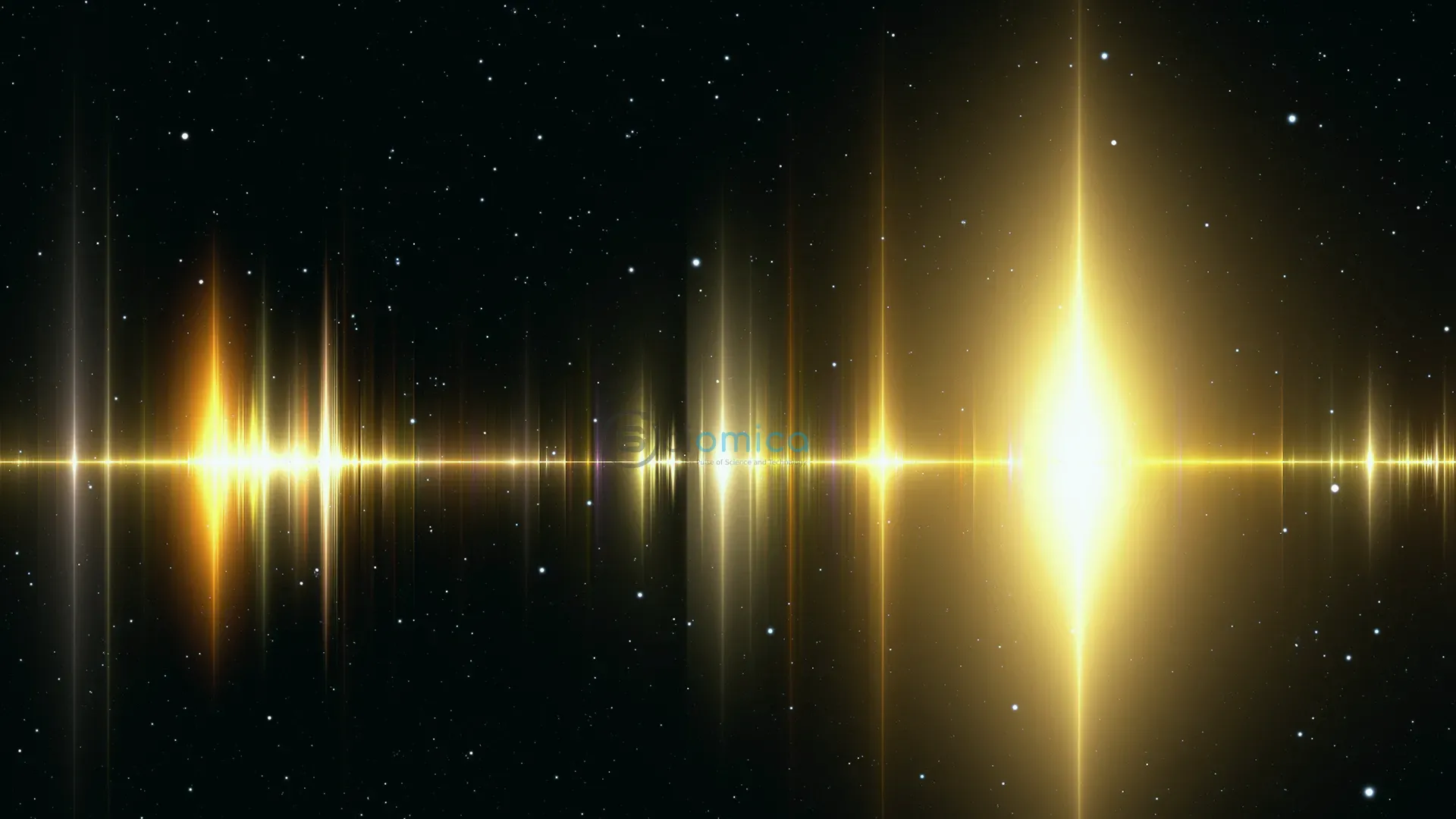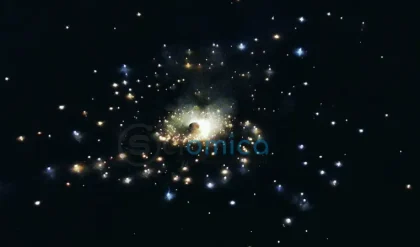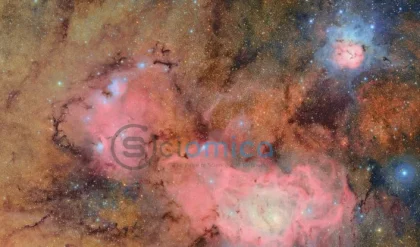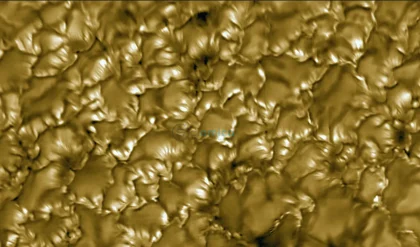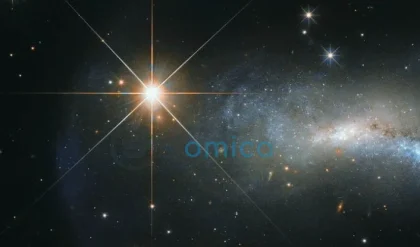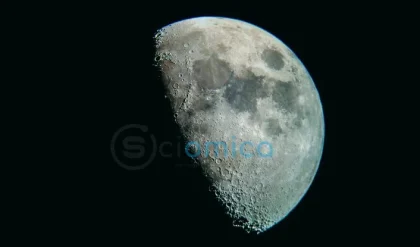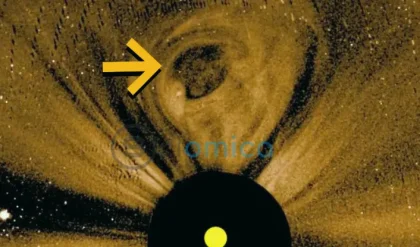The transition from darkness to light in the universe, marked by the emergence of the first stars and galaxies, represents a crucial chapter known as the Cosmic Dawn. Despite the formidable capabilities of modern telescopes, astronomers face significant hurdles in directly observing these primordial stars, making it challenging to ascertain their characteristics.
A recent study spearheaded by an international team of astronomers from the University of Cambridge offers a promising avenue for understanding the mass of the earliest stars by examining a specific radio signal emitted by hydrogen atoms that permeated the voids between regions where stars began to form, approximately 100 million years after the Big Bang. This signal, identified as the 21-centimeter signal, is pivotal for exploring how the universe evolved from a largely uniform mass of hydrogen to the intricate structure evident today.
The study underscores the potential of future radio telescopes in peeling back the layers of the early universe. The researchers’ findings, published in the journal Nature Astronomy, herald a breakthrough in deciphering the cosmos’s formative period. Professor Anastasia Fialkov from Cambridge’s Institute of Astronomy remarked on the significance of this research, stating, “This is a unique opportunity to learn how the universe’s first light emerged from the darkness. The transition from a cold, dark universe to one filled with stars is a story we’re only beginning to understand.”
Central to this exploration is the faint glow of the 21-centimeter signal, an energy signature from over 13 billion years ago, shaped by radiation from the universe’s first stars and black holes. This remarkable signal provides a rare glimpse into the universe’s early years.
Fialkov, who heads the theory group of the Radio Experiment for the Analysis of Cosmic Hydrogen (REACH), indicated that this project is one of two significant initiatives aimed at comprehending the Cosmic Dawn and the Epoch of Reionization when the first stars transformed neutral hydrogen atoms. While REACH is currently refining its calibration, it holds great promise for revealing early universe data. Simultaneously, the Square Kilometre Array (SKA), an extensive network of antennas under construction, will map variations in cosmic signals across substantial regions of the sky.
Both REACH and SKA are essential for probing critical properties like the masses, luminosities, and distribution of early stars. In the recent study, Fialkov and her team developed a theoretical model that predicts the 21-centimeter signal’s behavior concerning the masses of the first stars, finding it highly sensitive to these properties.
The researchers pointed out the previous underestimation of the link between the 21-centimeter signal and the first stars’ masses, particularly overlooking the influence of X-ray binaries—binary systems comprised of a conventional star and a collapsed star—on this signal.
Unlike optical telescopes such as the James Webb Space Telescope, which capture vivid images, radio astronomy focuses on statistical evaluations of faint signals. While REACH and SKA won’t image individual stars, they will provide insights into the characteristics of entire populations, including stars, X-ray binaries, and galaxies.
Fialkov noted the imaginative leap required to connect radio data with the early stars’ narrative yet emphasized the profound implications of these findings. Dr. Eloy de Lera Acedo, Principal Investigator for the REACH telescope, echoed this sentiment, stressing that these predictions could significantly enhance our understanding of the first stars and their distinct nature compared to today’s stars.
The research, partially funded by the Science and Technology Facilities Council (STFC), forms a vital foundation for guiding future radio observations, particularly those conducted from South Africa’s Karoo region.
Reference:
- T. Gessey-Jones, N. S. Sartorio, H. T. J. Bevins, A. Fialkov, W. J. Handley, E. de Lera Acedo, G. M. Mirouh, R. G. Izzard, R. Barkana. Determination of the mass distribution of the first stars from the 21-cm signal. Nature Astronomy, 2025; DOI: 10.1038/s41550-025-02575-x

